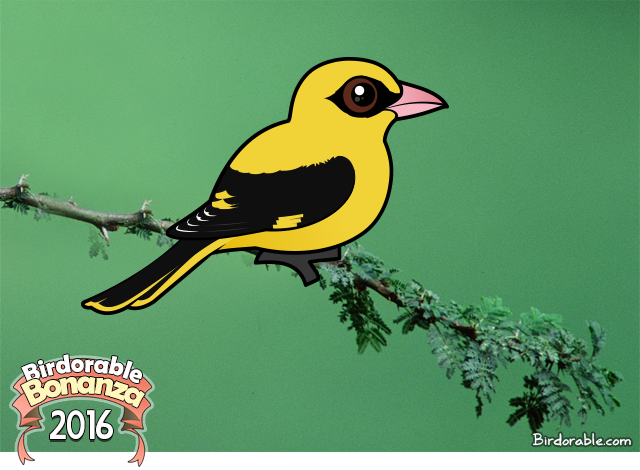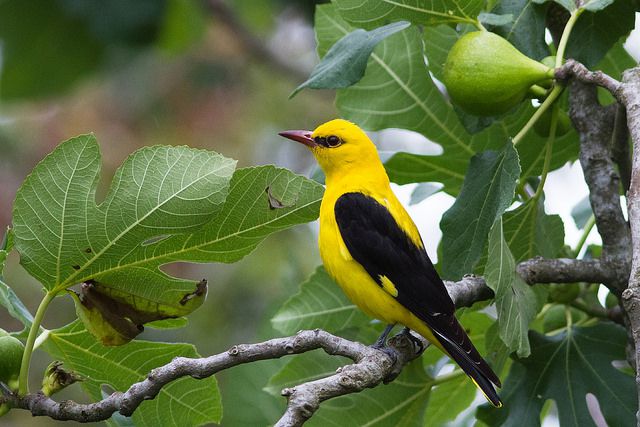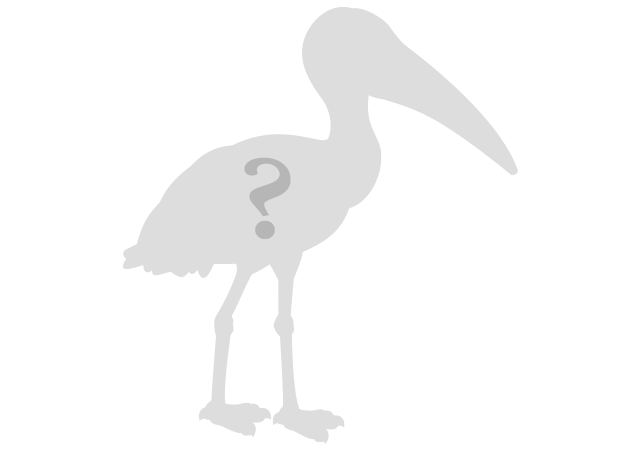2016 Bonanza Bird #7: Eurasian Golden Oriole

Today's new bird is a golden beauty: the Eurasian Golden Oriole!
Eurasian Golden Orioles breed across large parts of Europe and Asia. They are migratory, spending the winter across the southern half of the African continent.
During the breeding season they are usually found in forests. Although male birds are striking with their yellow and black plumage, these are shy birds and are able to blend into their environment and remain undetected. Females and juvenile birds have a duller plumage that constrasts yellowish-green with olive-brown.
The diet of the Eurasian Golden Oriole has a varied diet with an emphasis on insects like caterpillars, cicadas, and dragonflies. They also feed on fruit, berries, seeds, and even nectar. Small prey items like lizards, mice, snails, and worms may also be taken.

Photo by m-idre31 (CC BY 2.0)
Tomorrow's bird is a species found in India and elsewhere in Asia. They are named for their pink wing feathers that hang over their rumps. Can you guess the species?










Comments
Leave a comment
Thank you!